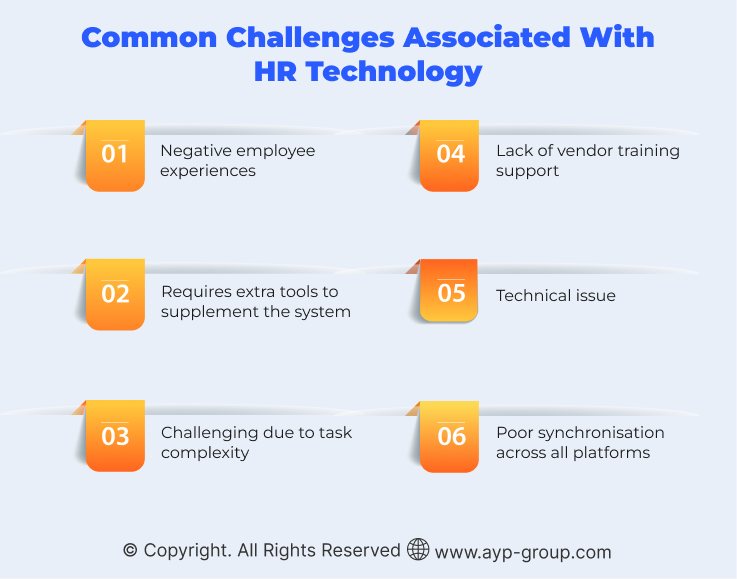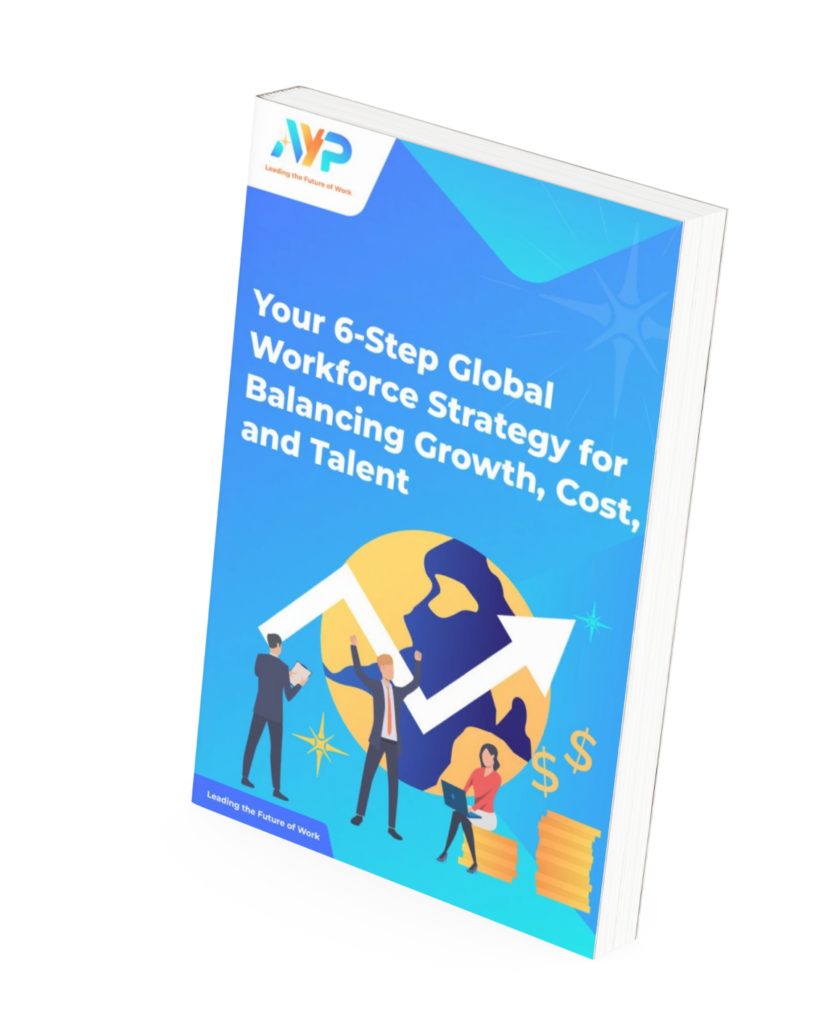There has never been a more defining era for technology than today’s.
We live in times of technological disruption that significantly changes the way we work and live. The role of technology in human resource management has never been more diverse and impactful - aside from assisting in managing HR processes that caters to recruitment and employee affairs, technology has also played a positive part in creating a lighter load when tracking activities and productivity to improve processes.
HR softwares today centralises work in departments; a cost and time-saving process that allows for tasks to be organised and accomplished on a single platform efficiently and without hassle1.
A strong relationship between HR and technology helps companies gain a competitive edge through the following benefits:2
- Strategic alignment with business objectives
- Robust business intelligence that provides users with updated and relevant data or reports
- Effective and efficient performance - with reduced lead times, costs and service levels
A company or organisation that leverages technology - especially on the latest developments of technology - is one that is rapidly adopting new and improved ways to streamline business processes, so as to facilitate growth and accelerate expansion. However, it is often necessary for companies to overcome trials and errors in order to grow and thrive in business - and adopting HR technology to smoothen and streamline business processes may not be without its fair share of challenges.
Common challenges associated with HR technology

Keeping up with the latest HR technology can be complex.
Some challenges are more prevalent and obvious than others - for example, selecting the right HR tools can be a formidable task for organisations. The sheer volume of available choices in the HR software market alone can lead to an overwhelming quest to find one that is most suited for the function and tasks that are performed by the HR department within a company.
It can lead to a negative employee experience due to the lackluster features of the adopted HR tools, and even necessitate extra tools to compensate for the original system’s shortcomings. Another challenge that arises when HR tools are implemented in an organisation is the fact that HR tech training is a tedious process; difficult due to the complexity of the task, and the lack of vendor training support can further exacerbate the taxing situation3.
Other challenges can present themselves as a more technical issue - for example, siloed tech systems. These fragmentary systems often require a tedious amount of manual data entry that takes up a significant amount of time and can result in errors, as well as inconsistent or incomplete data.
The systems may not communicate with one another, and may even have trouble sending data back and forth. This results in different calculated or stored data - causing poor synchronisation across all platforms. Apart from technical challenges, outdated HR systems can present problems due to their lack of real-time compliance regulation - this typically happens as outmoded, non-integrative HR systems fail to provide timely, on-demand resources or real-time advice for HR practitioners on employment regulation changes or updates.
Business leaders may find it hard to stay compliant while juggling vital business obligations when such an issue arises4.
Although adopting HR technology may come with challenges, its benefits far outweigh the cons - in fact, on many occasions, HR technology has proved to be an invaluable resource and asset to any company looking to integrate efficiency into their business processes today.
The advances of HR technology is the future of HR
It is an undeniable fact that HR technology has significantly changed the HR landscape. Today’s connected, integrated, and digital employee experience is only made possible with the help of most HR technology now. The advances in HR technologies that are often seen in transactional automation and databases have real impact beyond their native roles.
As HR moved into the Cloud and numerous Software as a Service (SaaS) platforms rapidly emerged, employee experience and data intelligence became a priority - resulting in a bold move away from conventional functional and process-heavy IT architecture.
People analytics has developed much to reach a significant juncture today: analytics tools and platforms that are utilised in conjunction with traditional core HR systems have increased and elevated today with more sophisticated applications that include better data governance and IT architecture - a domain that has been historically pegged as a significant pain point.
Chatbots are a commonplace nowadays too, driving HR services to maximise productivity. As new technologies such as ChatGPT opens up new possibilities in language processing models, it is expected to see a sharp increase in the uptake of these new technologies in most organisations as the future of HR5.
Types of HR technology commonly employed in organisations today

Since HR technology is an integral part of an organisation, companies often opt to employ the following HR softwares within their HR department:
- HRIS (Human Resource Information System)
- HCM (Human Capital Management)
- HRMS (Human Resource Management System)
The 3 softwares are generally used for different functions within the HR department. HRIS software is designed to manage people, policies, and procedures. HCM software usually includes every element of a HRIS, however, it may add talent management and global capabilities such as multilingual, multi-currency, country-specific formatting and even localisation.
A HRMS software mostly covers all elements of a HRIS, and can include the functions of a HCM as well. However, due to the HRMS being inherently massive and catering to a wide range of employee size and functional requirements, it may exclude talent management components in its offering6.
Depending on the needs and requirements of a HR department within an organisation, these softwares can be selected, customised and implemented as effective tools and an efficient method to manage human resources in the digitalised workforce today.
References:
Looking to expand your business globally or wondering about virtual hiring and other advanced recruitment processes? Discover our EOR services, and stay tuned to more blog posts here.
- Role of Technology in Human Resource Management ↩︎
- The Importance of Technology in Human Resource Management ↩︎
- 5 common technology challenges in human resource management ↩︎
- HR technology challenges and ways to overcome them ↩︎
- Technology in HR: Advances That Will Shape HR in 2030 ↩︎
- Types of HR technology systems: HRIS vs. HCM vs. HRMS ↩︎



